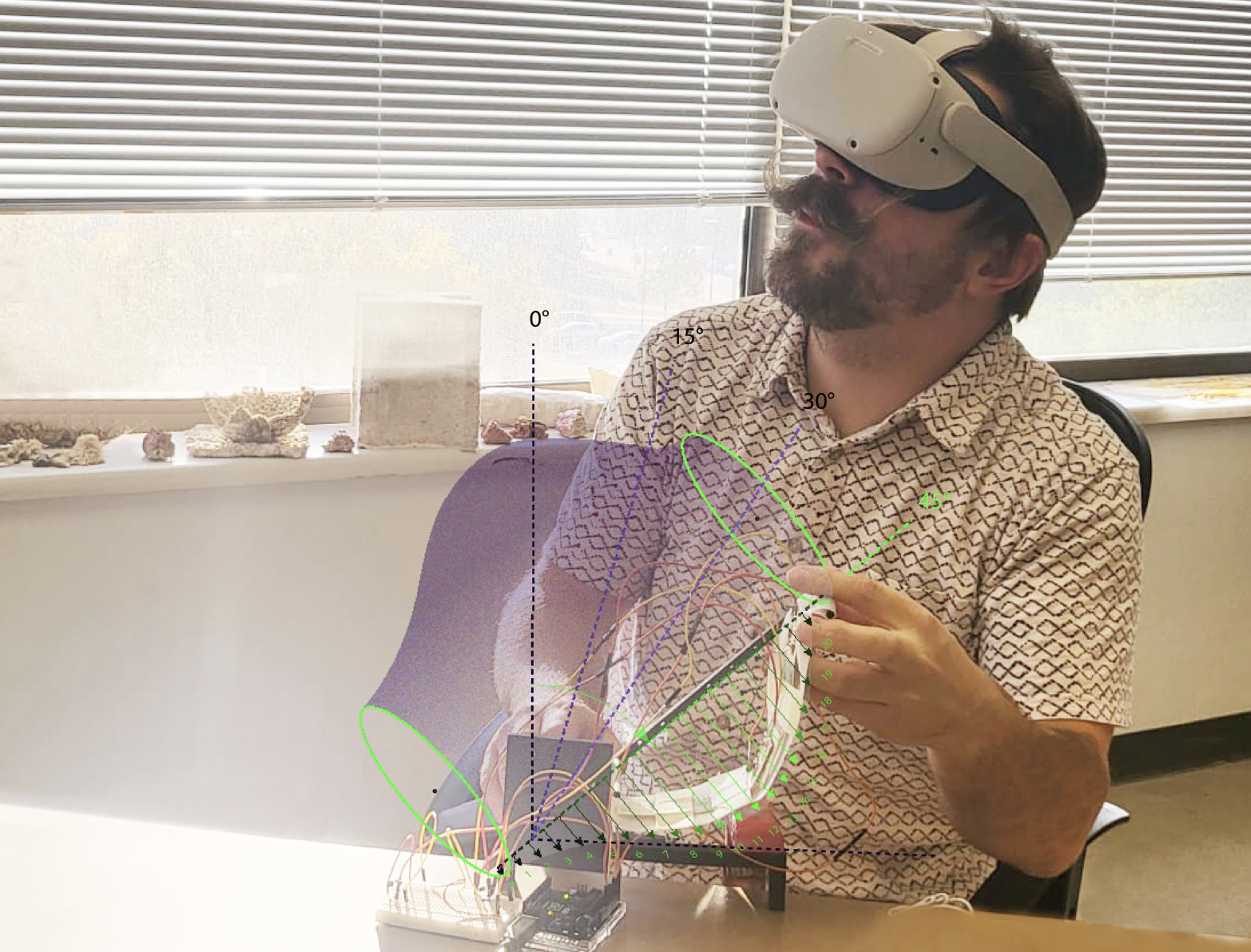
Objective : This problem set aimed to design evaluations for gender biases in LLM outputs, particularly focusing on professions historically associated with men and women.
Summary of my explorations in algorithmic fairness, bias detection, and ethical considerations within machine learning systems, completed as part of the coursework for AI, Decision-Making, and Society at MIT CSAIL. These problem focus on applying theoretical fairness frameworks, developing practical evaluations, and implementing mitigation strategies to address societal and ethical challenges posed by AI.


The model displayed a bias towards reinforcing traditional gender stereotypes, underscoring the need for targeted fairness evaluations.
This evaluation framework provides a systematic approach to uncovering and quantifying gender biases in AI systems. Such work is critical for ensuring equitable representation across all professional domains.
| Section | Details |
|---|---|
| Objective | Design evaluations to detect gender biases in job descriptions and role models generated by LLMs. |
| Methodology |
- Created prompts for professions historically
associated with men and women. - Analyzed LLM responses for leadership traits, stereotypes, and gender-specific references. |
| Findings |
- Male-associated jobs: Highlighted
leadership and technical attributes (e.g., Steve
Jobs). - Female-associated jobs: Emphasized nurturing and supportive roles (e.g., Florence Nightingale). |
| Impact | Provided a systematic framework for identifying and addressing gender biases in AI systems. |
Table : Gender Bias Evaluations in Job Descriptions.

Through this and other problems like these, I applied fairness frameworks, bias detection methods, and privacy-preserving strategies to evaluate and address ethical challenges in AI systems. These works demonstrate my ability to design rigorous evaluations, identify systemic biases, and implement solutions that align with societal values. Such methodologies are essential for building AI systems that are fair, responsible, and impactful.